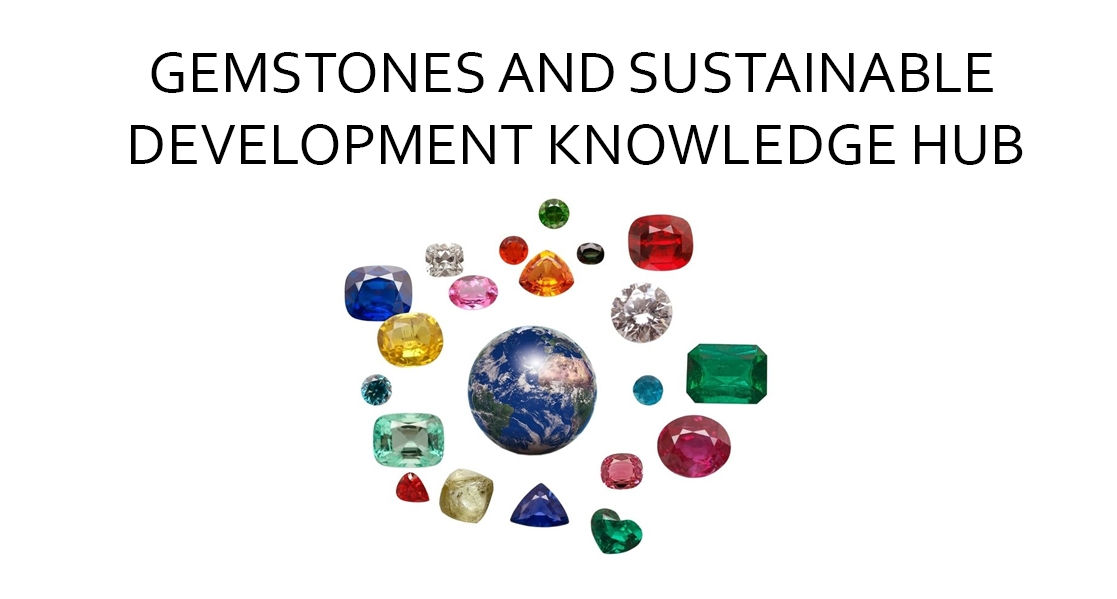Geology of Gem Deposits
Gemstones formed by geological processes in the rocks of the earth’s crust and upper mantle. The rocks and gemstones we find nowadays on the surface of the earth were buried for a long time (millions of years) deep in the earth’s crust and mantle, where conditions (temperature and pressure) enabled a formation and transformation of gemstones and rocks. If due to erosion a rock formerly buried is brought to earth’s surface, we might find within this rock gem materials and ores (e.g. gold). Gemstones form and can be found in three different geological environments:
- Magmatic and volcanic rocks
- Metamorphic rocks
- Sedimentary rocks
Primary Gemstone Deposits
The gemstones are found in their original host-rock. The profitability of such a deposit is highly dependent from the concentration of gemstones (per ton of rock) and the weathering stage of the host-rock. A lot of large-scale diamond mining operations work primary kimberlite deposits in the search for diamonds. Many primary colored gemstone mining sites are found in decomposed pegmatite veins (e.g. for topaz, beryl etc.). Certain gemstones such as emeralds are nearly exclusively found in gem-quality in primary deposits.
Secondary Gemstone Deposits
When a primary gemstones deposit is weathered or eroded, more durable gemstones such as diamond, corundum and chrysoberyl may be transported by water or wind energy and accumulated later in a secondary gravel deposit (sedimentary regime), e.g. along a river or in a delta. Such rich concentrations of dense rough gemstones are often called gem pockets. They are a great source of gemstones in many deposits in Sri Lanka, Madagascar, Tanzania and other region.


